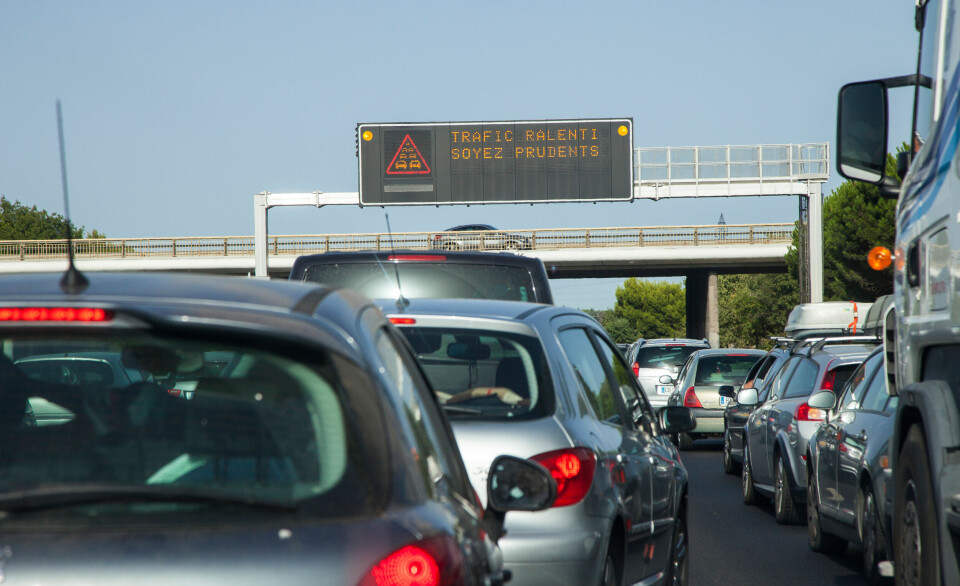-
SFR customers in France warned to be vigilant following cyberattack
Data from potentially millions of customers were taken following data breach
-
French officials publish reminder on when gifts require formal declaration
New online system will be in place from January 2026
-
Festive travel reminder for residency card holders as new border checks expand in France
The EU’s Entry/Exit System is being rolled out progressively
Tax on French homes: Where has it risen the most?
The taxe foncière has risen by over a third in the past decade. We explain why, and where in France is the worst affected.

Taxe foncière, the tax an owner pays on their property, increased by 31.42% between 2009-2019 in France, according to figures from national homeowner organisation l’Union nationale de la propriété immobilière (UNIP).
These figures show that it has risen 2.5 times faster than inflation and rents in the past decade, for two reasons: rental values and the tax rate, as voted by local officials, have both gone up.
What caused these increases? And where have taxes risen the most? We explain.
Rental values have gone up by 14.22%
Rental value is the potential annual rent that you could charge someone for living in a home you own, with a reduction of 50% for management charges such as insurance and repairs. It is used as the base for calculating the taxe foncière.
Rental value is determined by taxation authorities via regularly updated data, such as market value, home renovation works, or improvements in the area around a property.
The next general revision of rental values in France will happen in 2026. However, local collectives can ask authorities to regulate tax bases before then by updating information about buildings themselves. For example, a building may have been classed as being without heating in the 1970s, but have changed status since then and require an update to its taxable status.
As well as general revisions based on new information, values go up every year regardless of whether building improvements have been made or not.
This is due to a fixed rating that corresponds to consumption prices and applies across the board, regardless of home owner income or where a property is located.
In 2020 this rating was 1.2%, which does not seem huge in itself, but it can have a cumulative effect over time. For example, between 2009 and 2019, this rating has meant that rental values have gone up by 14.22%.
Tax rates voted by local government
Departments and communes also have the right to modify taxe foncière rates on an annual basis, based on local tax rates.
Tax more than doubled in departments near Paris, Val-d’Oise (up 117.6%) and Yvelines (up 113.2%) between 2009 and 2019.
In the department of Aisne, Hauts-de-France, it increased 68.6% in the same period.
This does not always happen. Between 2014 and 2019, 46 departments renewed their tax rates. And in 2020, the majority of communes have decided to make no changes.
Exceptions include Istres, Provence-Alpes-Côte d’Azur, with a communal rise of 11% and Belfort, Bourgogne-Franche-Comté, with a combined departmental and communal rise of 5.7%.
Where has taxe foncière risen the most?
Factoring in rental values and local taxes, UNIP have released a list of the 50 towns in France where this tax has risen the most.
Topping the list are: Argenteuil, rising 45.11%, Saint-Denis at 43.13% (both suburbs of Paris) and Nantes at 38.48%.
A more detailed breakdown of numbers in each town is available here, from news source Le Figaro.
While it might look like rises in taxe foncière are exponential, UNIP notes that tax rates have decreased slightly since last year. The 2009-2019 average rise of 31.4% is slightly lower than 2018’s cumulative rise of 34.7%.
A representative from UNIP said: “It seems that the rise in taxe foncière is starting to slow. Even if the rise [in the tax] is still three times higher than inflation or rent prices.”
Related stories
What is the taxe d’aménagement on building work in France?
























